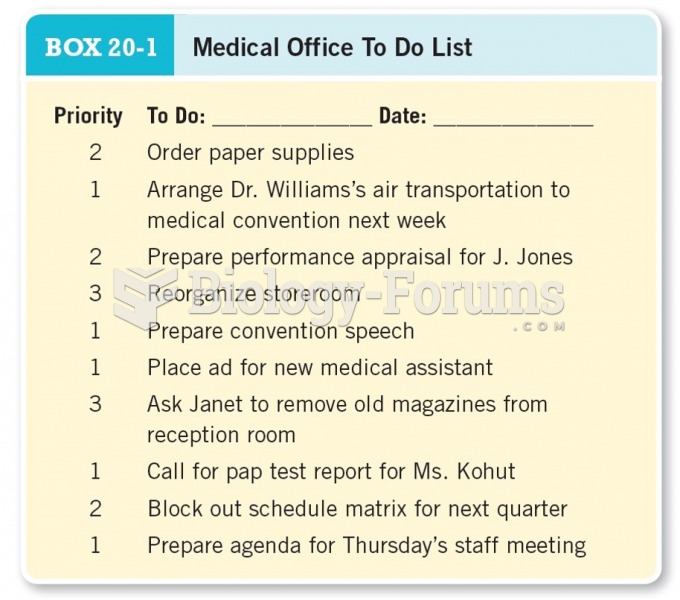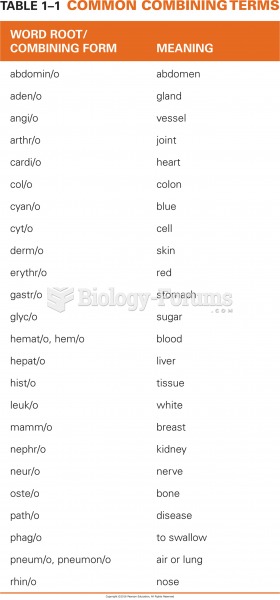Answer to Question 1 aloofone who holds the head high in a proud, confident manner
amiablemild, easygoing
aristocraticholding the head high and having a certain air of nobility
boldshowing no hesitation or fear
congenialeasygoing and cooperative
constitutionthe physical makeup of an animal
dignifiedan excellent-appearing animal that shows beauty of form and grace
dispositionhow an animal acts under various circumstances
docilean animal that is tame, easygoing, and obedient
feistynervous, excitable, and easily agitated or irritated
gaietythe state of being cheerful, happy, or merry
impetuousabrupt, hasty, and rushing headlong into its work without much efficiency
incorrigibleunable to be controlled or corrected
independentwanting to have its own way and not wanting to be controlled
indolentlazy or inactive
jovialgood-natured, happy, easygoing
keenvery sensitive, alert, and intense
meekshowing weakness and a lack of aggression
reservedshy, cautious, or restrained
serenecalm and quiet
spiritedshowing a lot of pep, vigor, and energy
staunchstrong, steady, steadfast while on point
steadystaying on task
temperamentthe emotional and mental qualities of an individual animal
thoroughdescribes a dog that works every bit of ground and cover
timidshowing lack of confidence, somewhat afraid
tranquilquiet and peaceful
vainappearing conceited; overconfident or showing excessive pride
versatilehaving a wide range of skills
vigilantalways alert and watchful
waryshowing caution; being somewhat afraid
Answer to Question 2 The sporting group was developed to assist the hunter in the pursuit of game.
The hound group is of two basic types: one type hunts by scent and the other by sight.
The terrier group is divided into two subgroups: the long-legged, larger breeds and the short-legged, small
breeds. Many of the terriers were developed to go into coal mines to hunt mice and rats or to pursue game
into their tunnels and underground dens. The word terrier is derived from the Latin word terra, which
means earth.
The working dog group was developed to labor or work for humans. They may serve as guard dogs, sled
dogs, police dogs, rescue dogs, and messenger dogs.
The herding dog group was developed to aid the livestock herder with various species of livestock.
The toy dog group is so named because of size; some of these dogs are as small as one and a half pounds.
These dogs are very alert and popular as house pets and companions.
The nonsporting group consists of miscellaneous breeds with a wide variety of sizes and characteristics.
Basically, these dogs are used as companion dogs.







